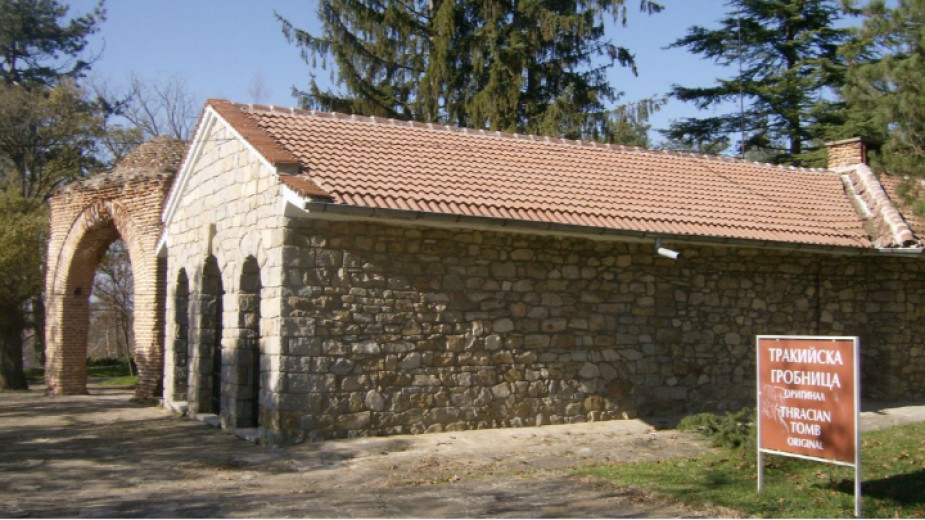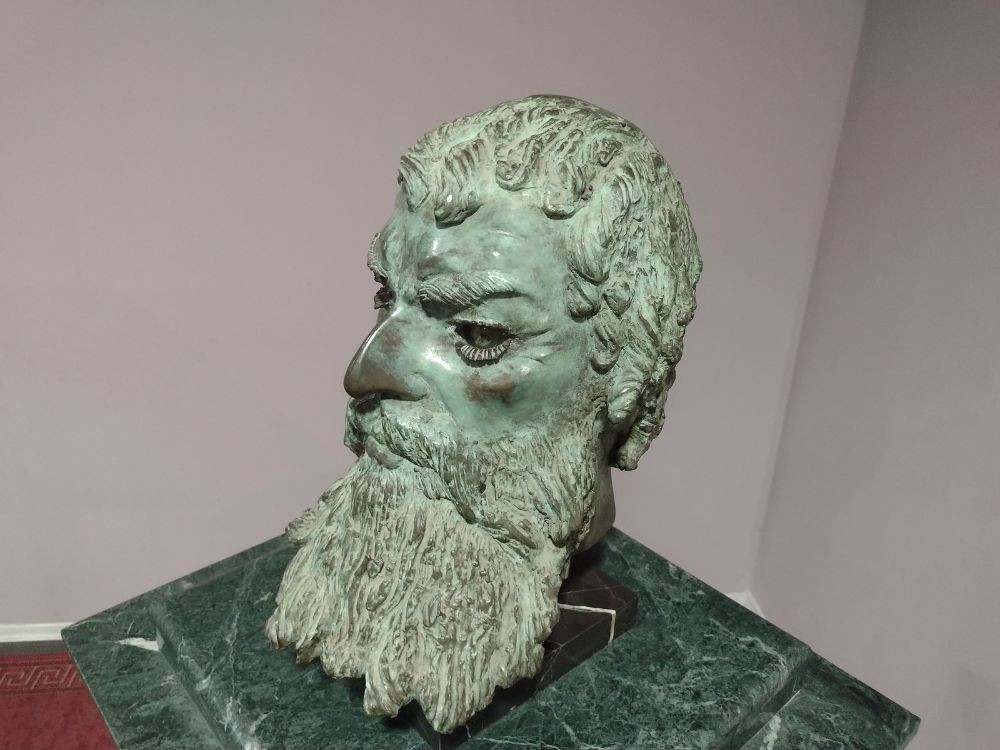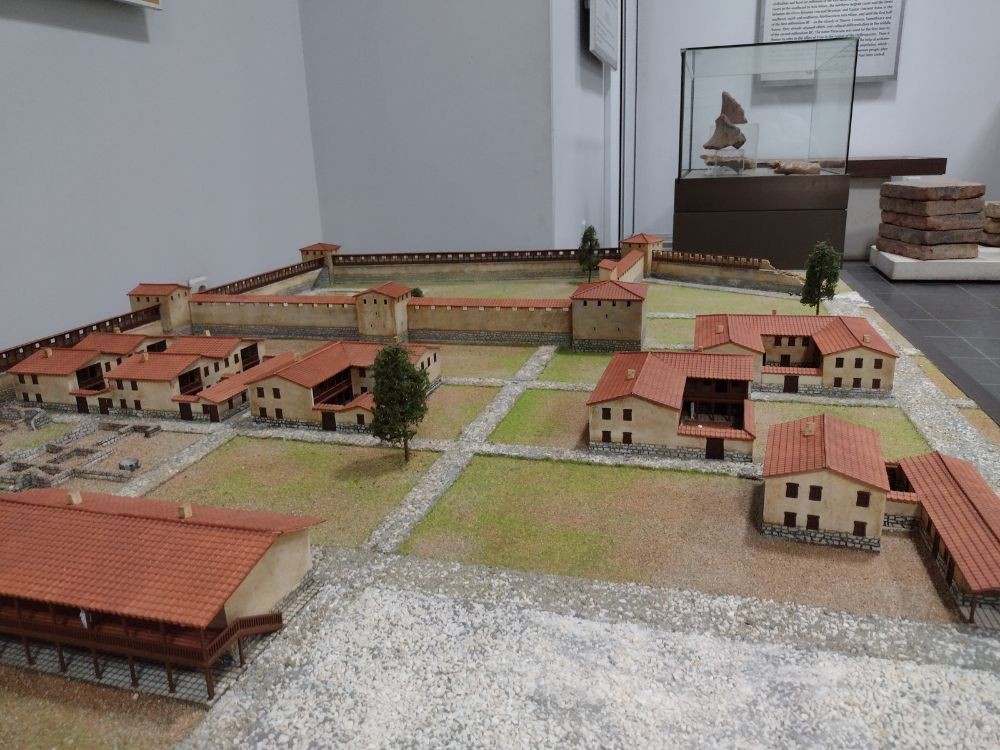 24
24







For the Orthodox Church, the 29th of April marks the beginning of Holy Week - a profound period dedicated to the contemplation of the life of the Saviour and the preparation for the Holy Resurrection. Immediately after the great Christian feast of..
"Blessed is the King who comes in the name of the Lord! Peace in heaven and glory in the highest!" (Luke 19:38). With these enthusiastic exclamations, which the Church recalls on the feast of the Entry of the Lord into Jerusalem, Jesus Christ was..
The tangents between biology and ecclesiastical icon-painting are unknown and incomprehensible to those who are devoted to science. For Ekaterina Titova, a doctor of biological sciences accustomed to approaching everything through logic, religious..

+359 2 9336 661
